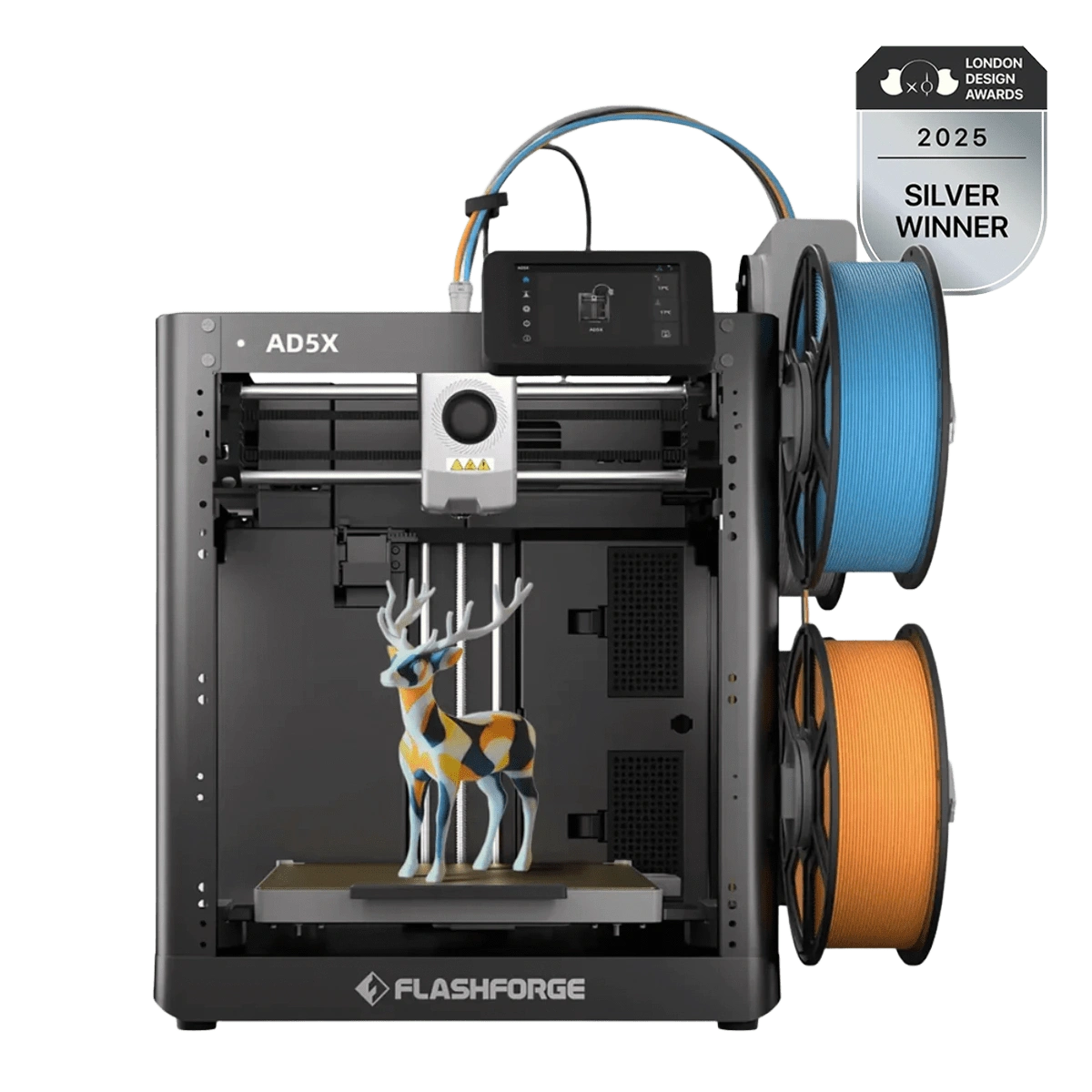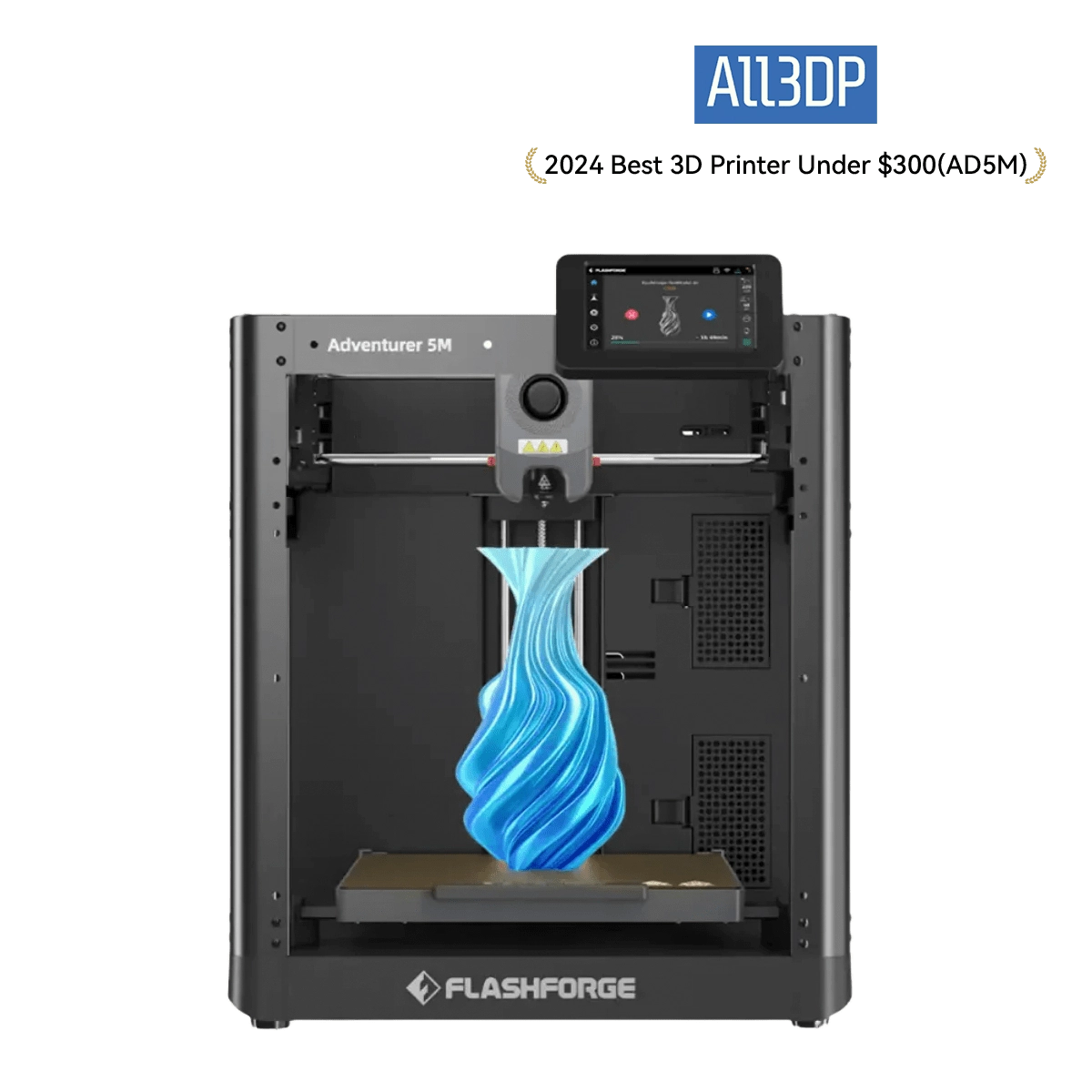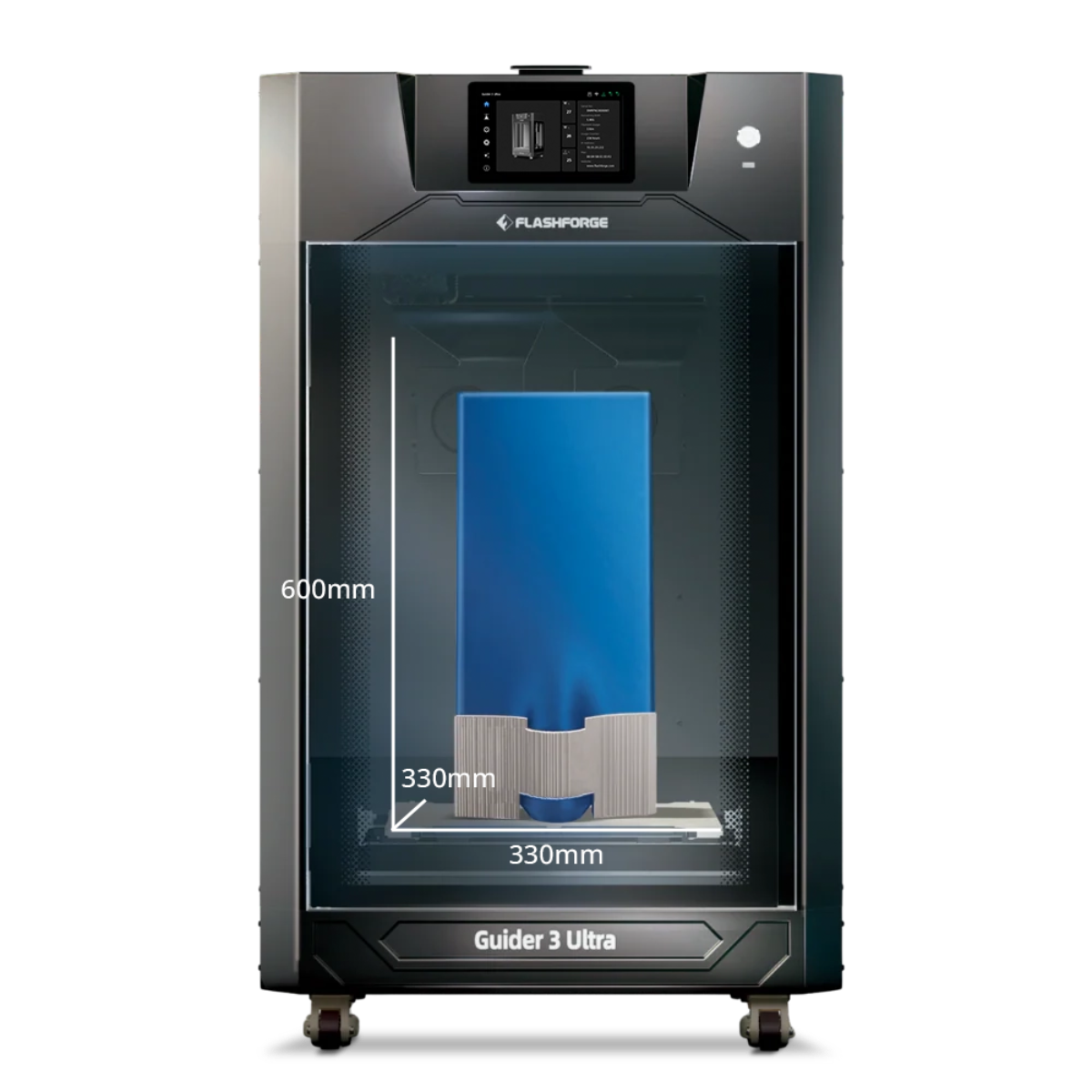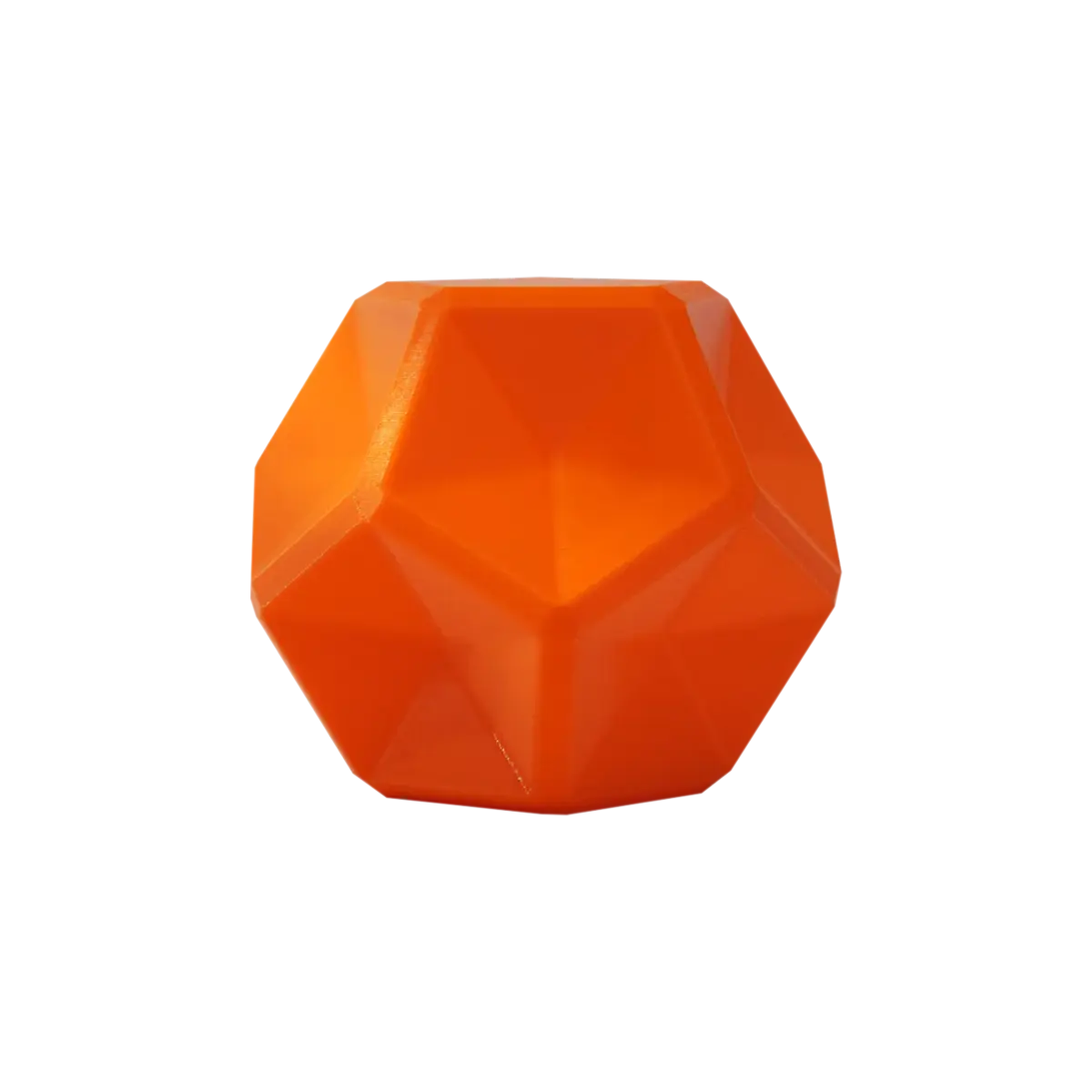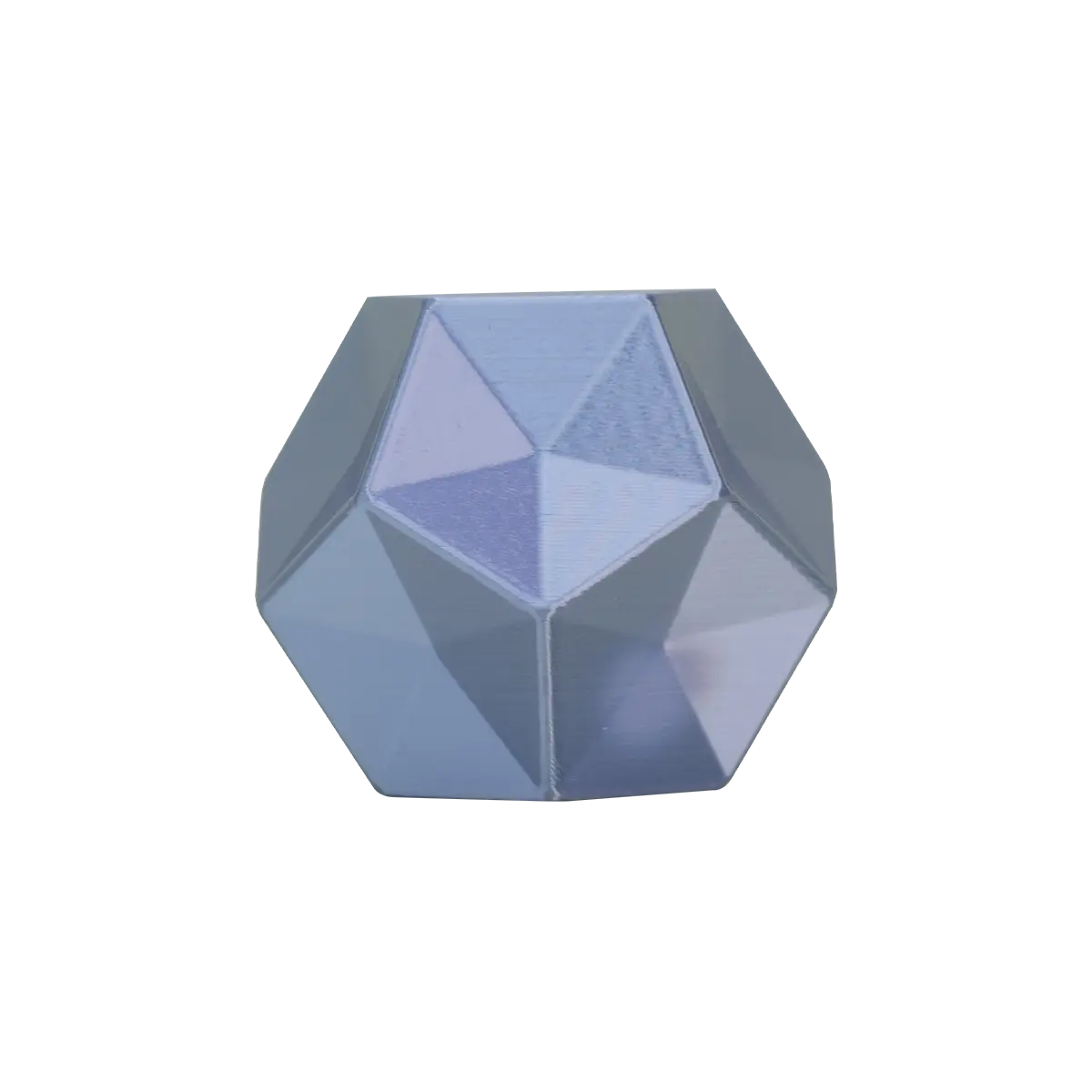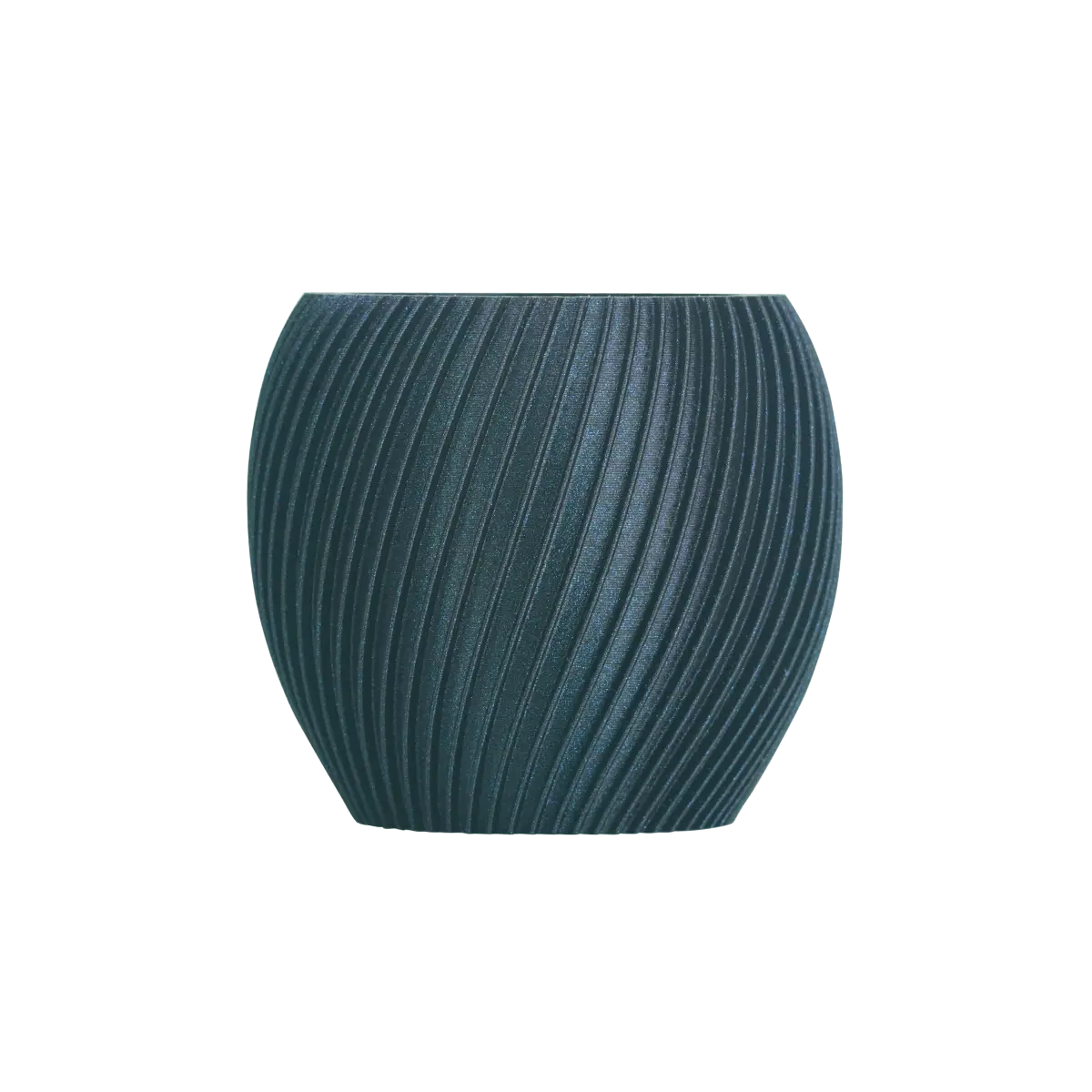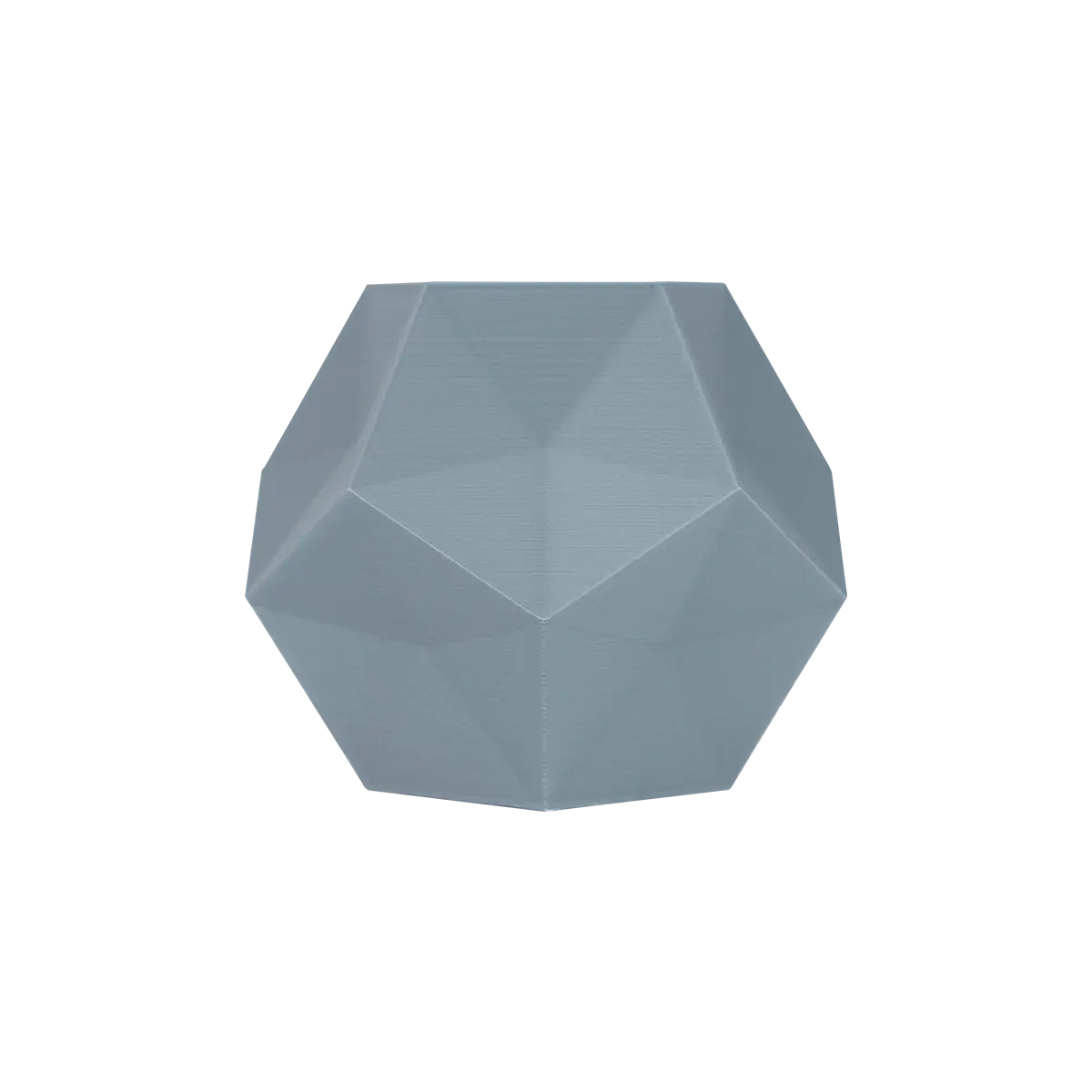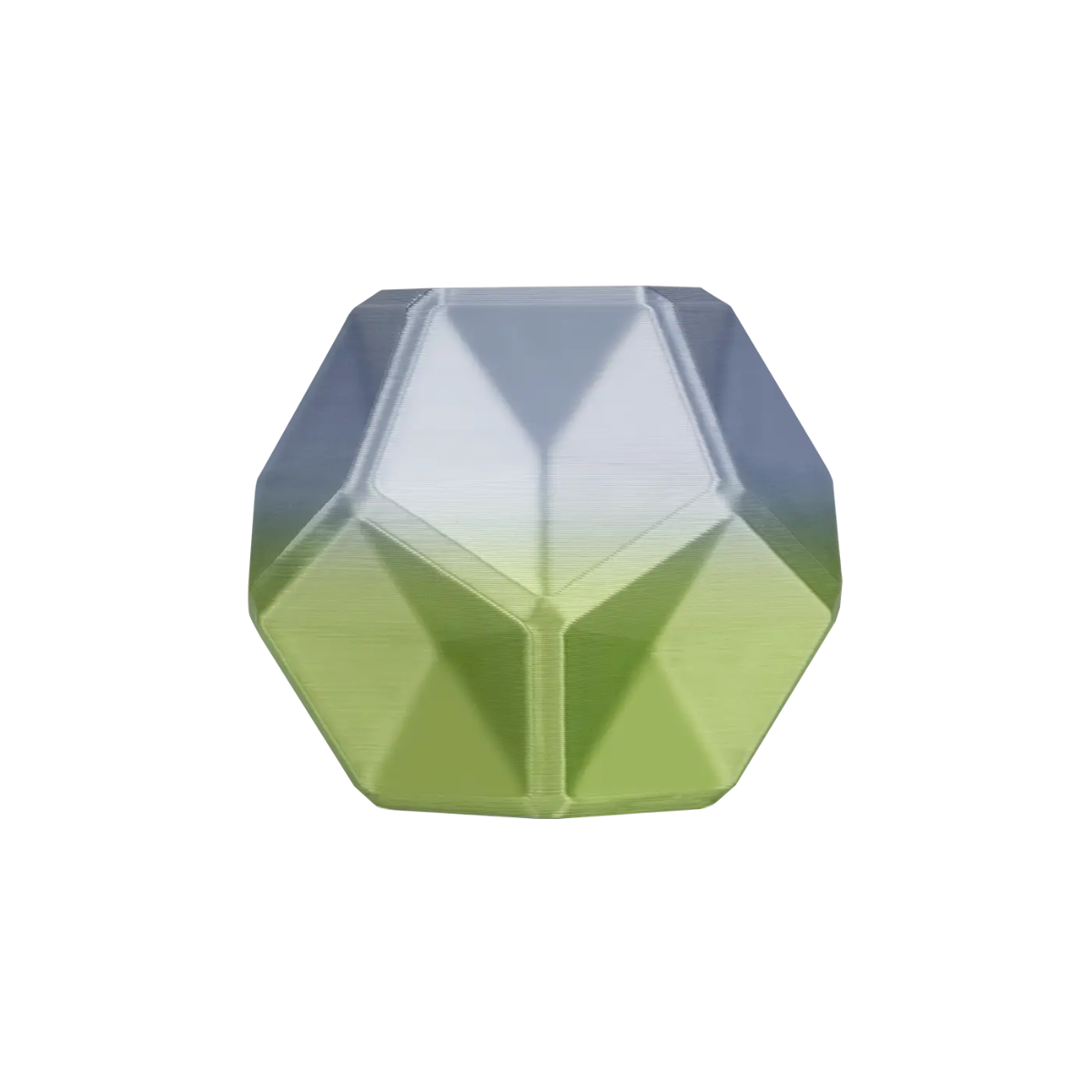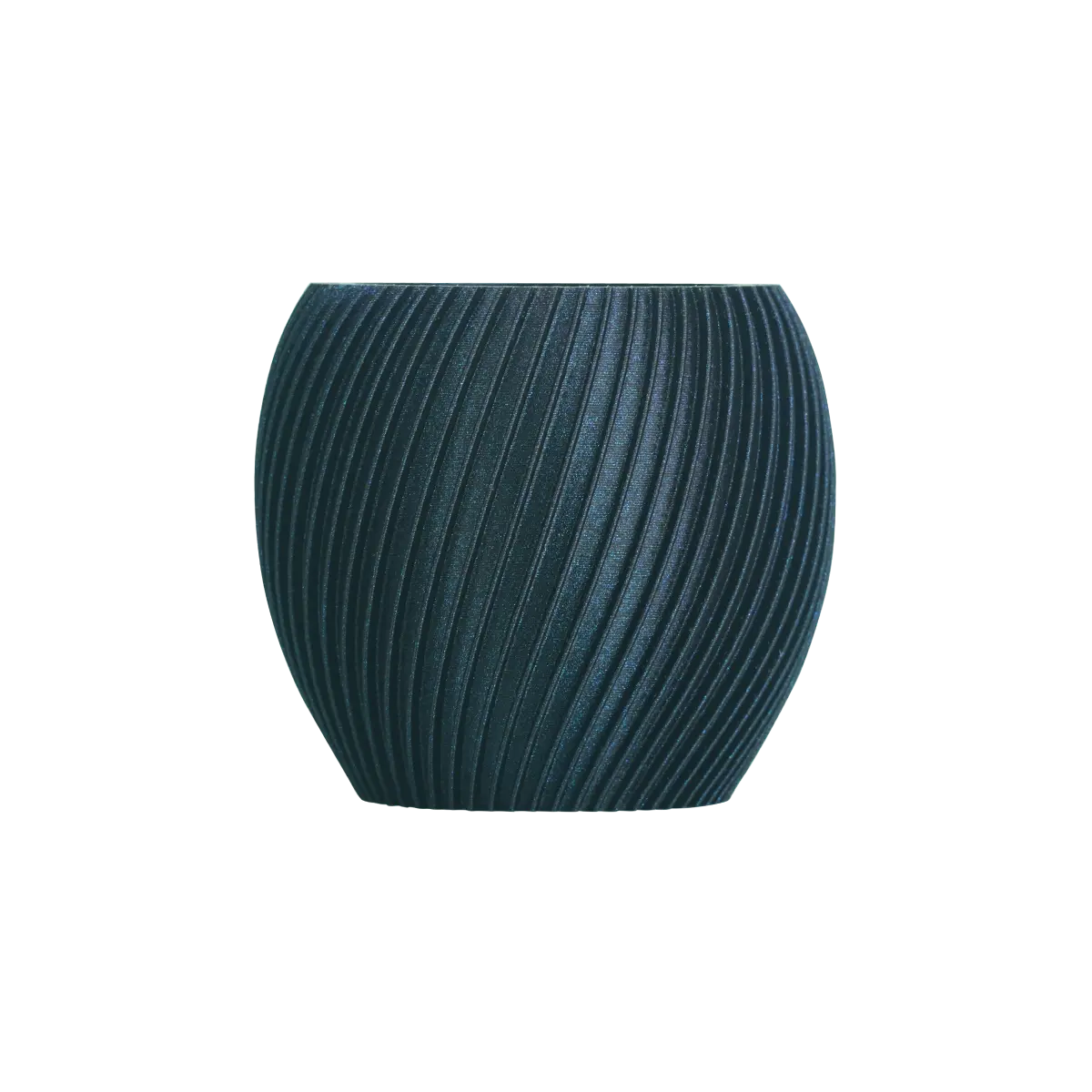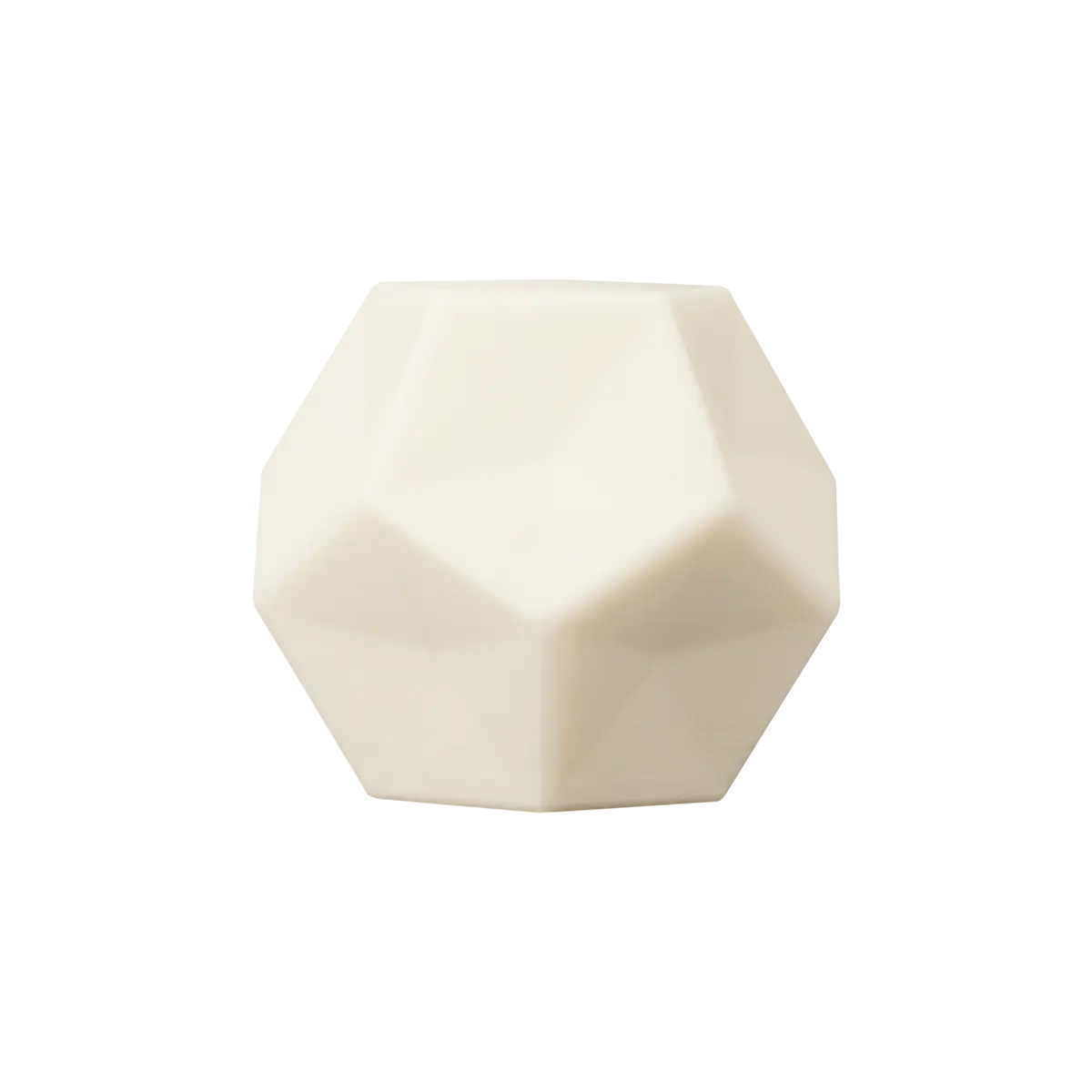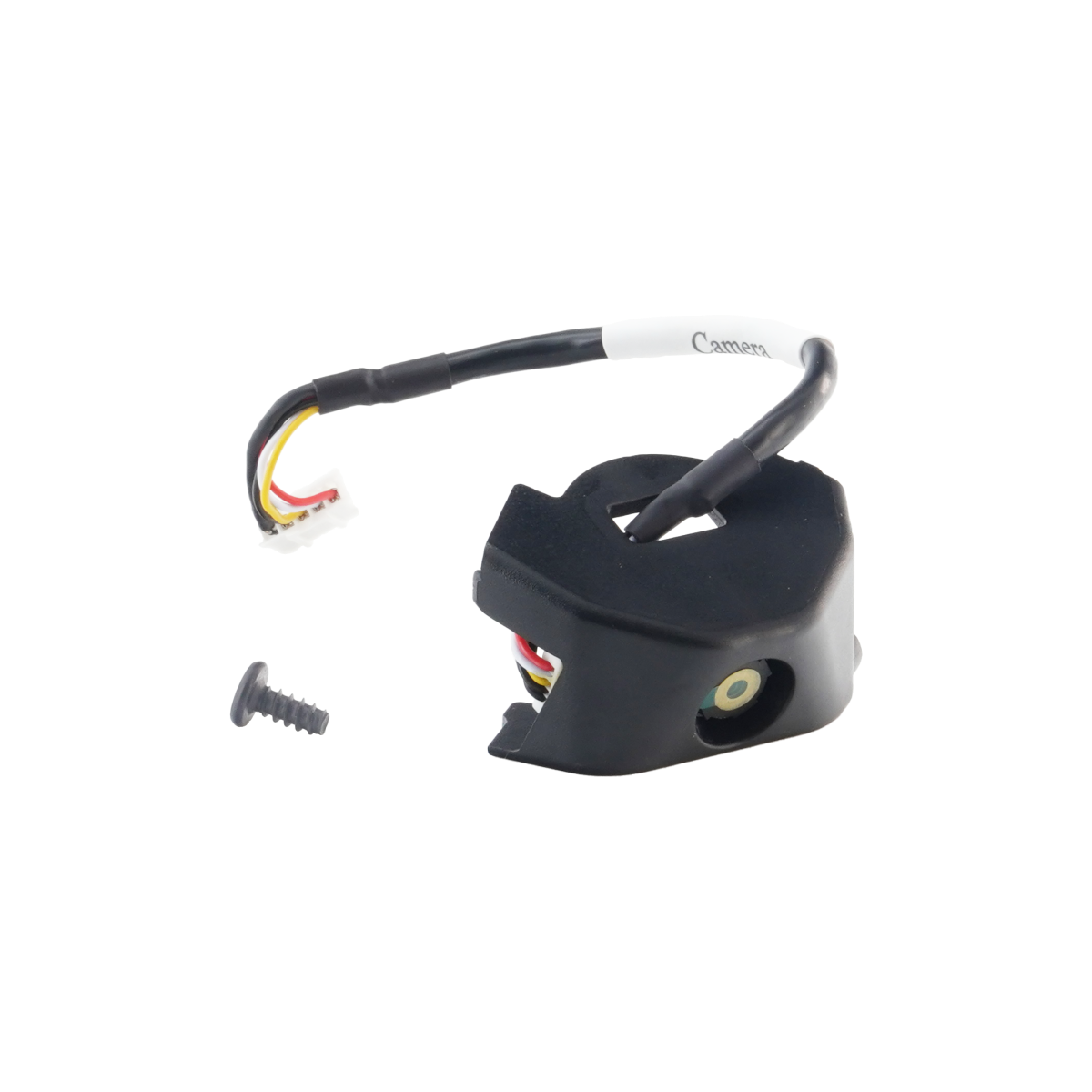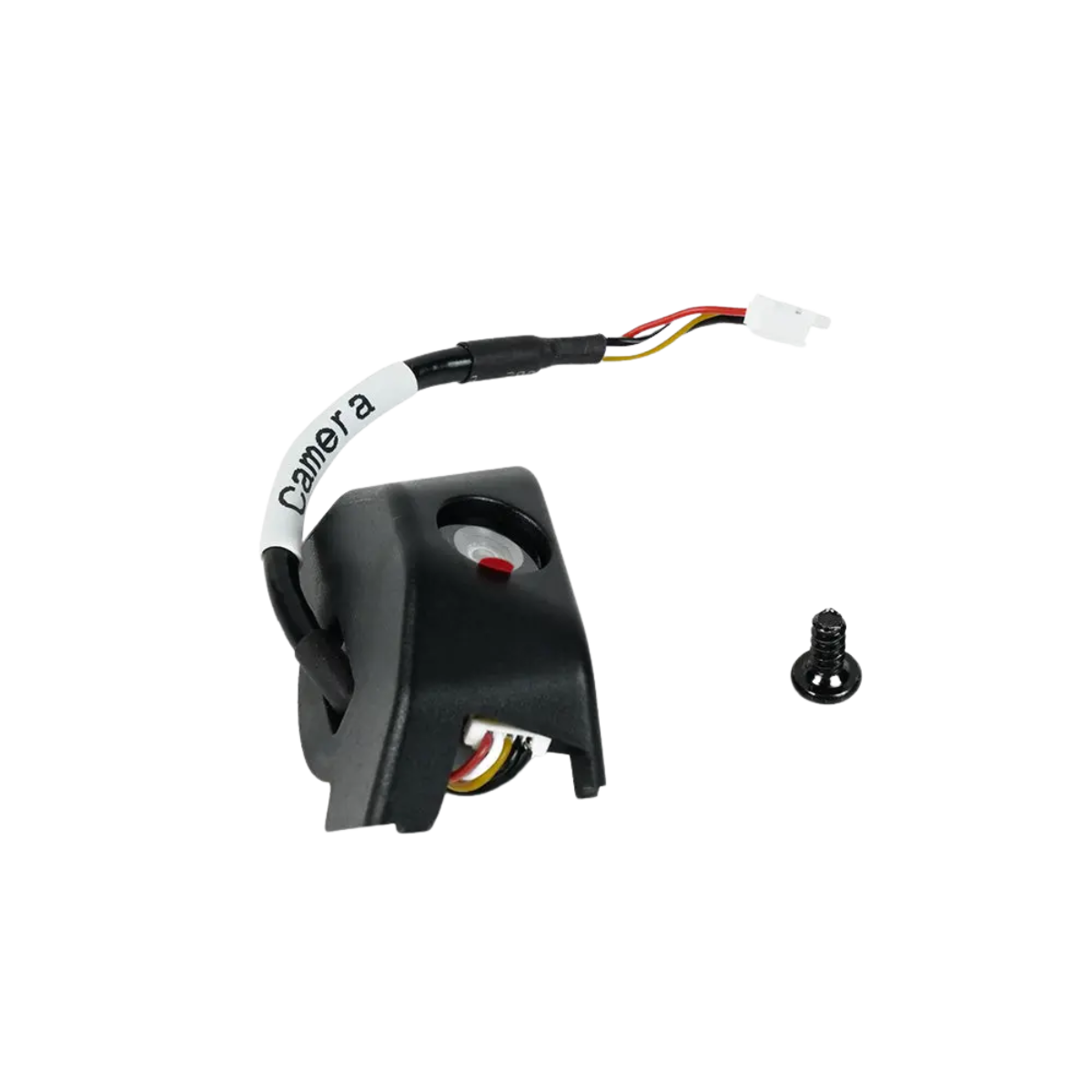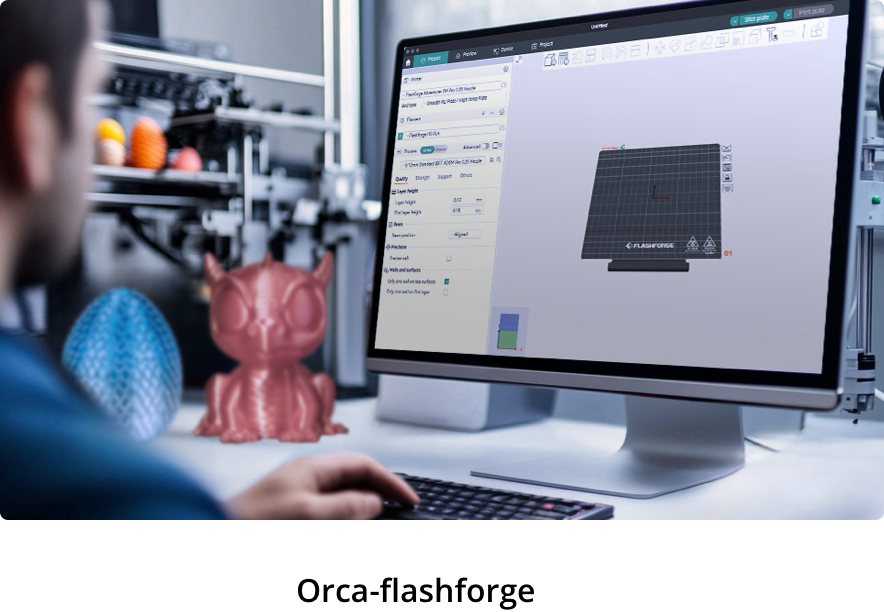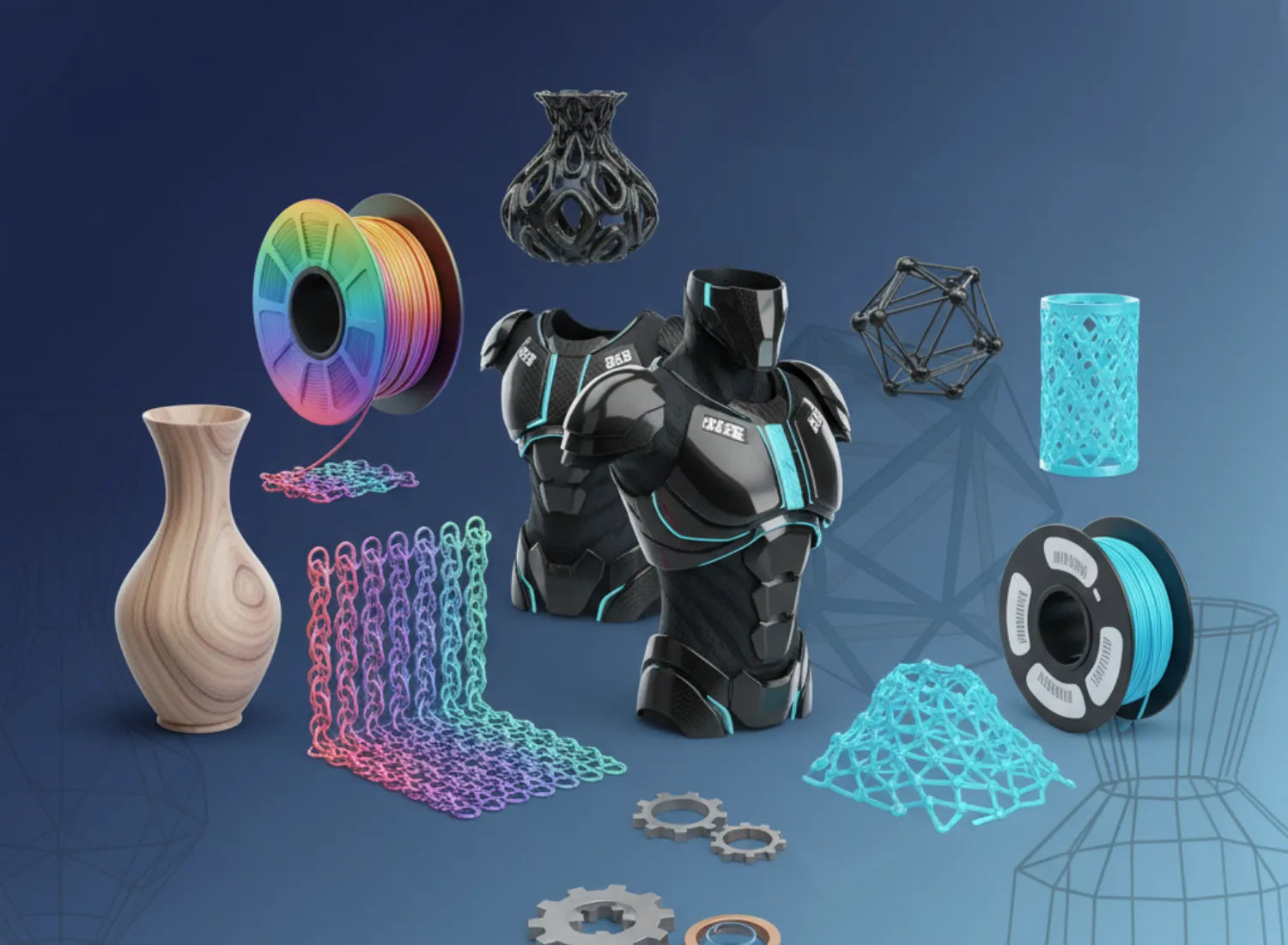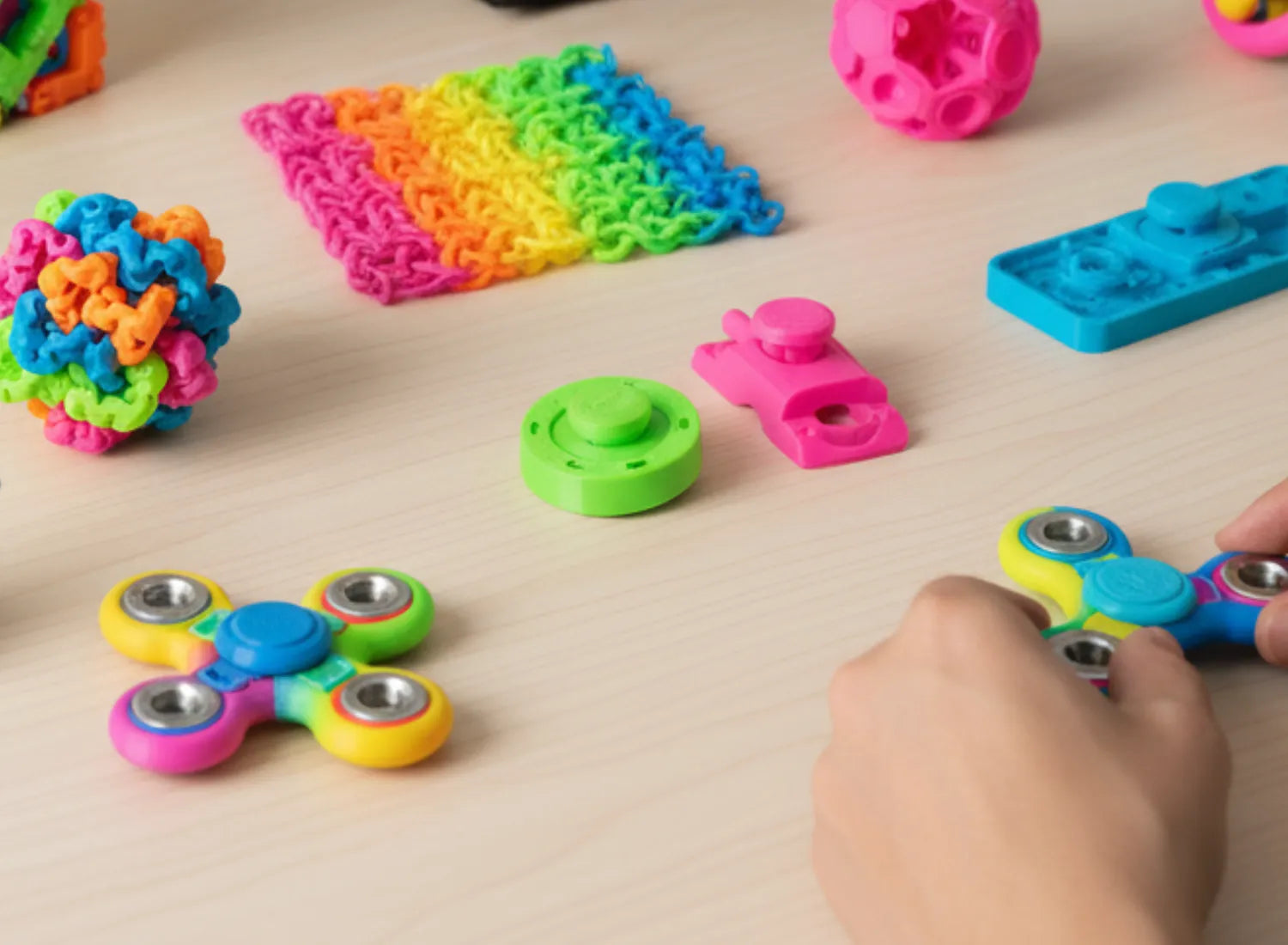3D printing materials are fundamental. The characteristics of the 3D printing filament you choose during the 3D printing process will directly affect the functionality and aesthetic style of the final 3D printed product. Therefore, choosing the appropriate materials is of vital importance. Not only does it determine the feasibility of 3D printing, but it can also "create" prototypes, tools or end-use components, influencing their advantages such as heat resistance, flexibility or high-quality surface treatment.
The Core Categories of 3D Printing Materials
3D printing materials are broadly categorized based on their chemical composition and physical properties. The primary categories encompass various plastics, metals, and ceramics.
Within plastics, there are two main types:
Thermoplastics
These are the most commonly used types of plastic, characterized by their ability to undergo numerous melt and solidification cycles. This process is reversible, allowing for recycling or melting and reusing, much like butter. However, their properties may change slightly with each cycle.
Thermosetting Plastics
Also known as thermosets, these materials remain in a permanent solid state after curing. During this curing process, polymers cross-link, an irreversible chemical bonding. Unlike thermoplastics, thermosetting plastics decompose when heated rather than melting, and cannot be recycled into their base ingredients, akin to baked cake batter.
What Materials Can Be 3D Printed?
The spectrum of materials amenable to 3D printing is continuously expanding, catering to diverse industrial and consumer requirements.
Popular Plastic 3D Printing Materials
A significant proportion of 3D printing applications utilize plastic-based materials due to their versatility and varied mechanical properties. Popular thermoplastic choices include:
-
PLA (Polylactic Acid): This material is often the preferred choice for many users due to its ease of use, dimensional accuracy, and low cost. It is aesthetically pleasing, useful for creating visualization aids and concept models, and biodegradable. PLA typically offers a good surface quality, prints reliably with low shrinkage, but is not considered strong enough for functional or mechanical parts and has limited resistance to heat and chemicals. It is also an odourless material.

-
ABS (Acrylonitrile Butadiene Styrene): Known for its toughness, durability, and resistance to heat (up to 85°C) and impact, ABS is a popular choice for prototyping and fit testing, particularly in industries such as aviation, automotive, and industrial product development. It offers good mechanical properties but is adversely affected by UV light and typically requires a heated print bed and proper ventilation during use.
-
PETG (Polyethylene Terephthalate Glycol): This material is known for its ease of printability, smooth surface finish, and resistance to water, humidity, and chemicals. It also boasts high transparency and can be food safe, making it suitable for waterproof applications and snap-fit components. PETG is compatible with lower printing temperatures, allowing for faster production.

-
Nylon (Polyamide): Nylon is a strong, impact-resistant, and semi-flexible material that offers high resistance to abrasion and corrosion. It is a reliable and easy-to-use option, popular across a wide range of industries for printing tools, prototypes, and end-use parts. It is also lightweight and stable against UV light, heat, moisture, solvents, temperature, and water.
-
TPU (Thermoplastic Polyurethane) / Flexible Filaments: This semi-flexible material is highly valued for its elasticity and flexibility, providing a rubber-like effect for prototypes or end-use parts. It is strong, impact-resistant, and does not deform or break under high impact. TPU is resistant to many common oils and chemicals and is easy to print, making it useful for vibration dampening and flexible prototypes.
-
ASA (Acrylonitrile Styrene Acrylate): As a common alternative to ABS, ASA is highly suited for outdoor applications due to its superior resistance to UV light, high temperatures, and impact.
Specialty Plastics & Composites
Beyond the popular plastics, a range of specialty plastics and composite materials offers enhanced performance. These include:
-
CPE (co-polyester) and CPE+: CPE is as strong as ABS but is odourless, making it popular for industrial use in prototypes and tooling. It boasts high tensile strength, dimensional stability, chemical resistance, and emits limited volatile organic compounds (VOCs) and ultrafine particles (UFPs). CPE+ offers even greater strength and heat resistance than CPE.
-
PC (Polycarbonate): Favoured by engineers, PC is one of the toughest materials available. It is ideal for applications requiring high heat resistance, impact resistance, UV stability, dimensional stability, chemical resistance, and flame retardancy, such as molds, lighting, and engineering parts.
-
HIPS (High Impact Polystyrene): This lightweight material is most commonly used as a dissolvable support structure for ABS models, dissolving in chemical limonene.
-
PVA (Polyvinyl Alcohol): PVA is well-known for its ability to dissolve in water and is frequently employed as a support material for complex prints.
-
Composites (e.g., carbon fibre, Kevlar, fibreglass-filled): These filaments contain short fibres infused into a PLA or ABS base material to increase strength and stiffness. Their compatibility may be limited to more advanced or industrial FDM 3D printers and they are suitable for functional prototypes, jigs, fixtures, and tooling.
-
Metal-filled filaments: These are created by mixing a fine metal powder into a base material, providing a unique metallic finish and added weight to the printed object.
-
Wood-filled filaments: Combining a PLA base material with cork, wood dust, or other derivatives, these filaments give models a real wooden look and feel.
Metal 3D Printer Printing Material Options
Metal 3D printing enables the production of robust, high-performance parts suitable for demanding engineering applications.
-
Processes: Metal 3D printing can be achieved through various processes, including Metal Fused Filament Fabrication (which extrudes metal rods held by polymer binders, followed by sintering), Selective Laser Melting (SLM), and Direct Metal Laser Sintering (DMLS). SLM and DMLS utilize lasers to fuse metal powder particles layer by layer, creating strong, accurate, and complex metal products ideal for aerospace, automotive, and medical applications.
-
Popular Metal Materials:
-
Titanium: A lightweight material with excellent mechanical characteristics, it is strong, hard, and highly resistant to heat, oxidation, and acid.
-
Stainless steel: Offers high strength, ductility, and resistance to corrosion.
-
Aluminum: Known for being lightweight, durable, strong, and possessing good thermal properties.
-
Tool steel: A hard, scratch-resistant material suitable for printing end-use tools and other high-strength parts.
-
Nickel alloys: These materials exhibit high tensile, creep, and rupture strength, alongside good heat and corrosion resistance.
-
Alternatives to Metal 3D Printing: Direct metal 3D printing can be costly and complex. Alternatives include using SLA 3D printing for casting workflows, which can produce metal parts at a lower cost and with greater design freedom, or electroplating SLA parts, which coats a plastic material in a layer of metal via electrolysis, combining metal qualities with plastic properties.
Ceramic 3D Printing Materials
Ceramic materials can also be 3D printed, yielding components with exceptional properties suitable for specialized applications. An example is Alumina 4N Resin, a 99.99% pure alumina technical ceramic available for SLA 3D printing. It offers exceptional thermal, mechanical, and conductive properties, making it suitable for heat and electrical insulators, heavy-duty tools, and chemically and wear-resistant components.
How Different 3D Printing Technologies Use 3D Printer Material
The efficacy of a 3D printing material is intrinsically linked to its compatibility with specific additive manufacturing technologies. Each process is engineered to utilize materials in a particular physical state.
Fused Deposition Modelling (FDM): What material does a 3D printer use?
FDM, also known as Fused Filament Fabrication (FFF), is the most widely used 3D printing technology at the consumer level, having gained popularity among hobbyists due to the availability of
cheaper FDM 3D printers. This technology typically employs
thermoplastic filaments, such as PLA, TPU, PET, and ABS. The material is heated to its melting point and extruded layer by layer through a nozzle to form the desired object. While well-suited for basic proof-of-concept models and low-cost prototyping of simple parts, FDM generally offers the lowest resolution and accuracy when compared to other plastic 3D printing processes, and is not ideal for complex designs or intricate features. This process can also result in anisotropic parts, where strength varies depending on orientation.
Stereolithography (SLA): What is 3D Printing Material in Liquid Form?
SLA was the world's first 3D printing technology, invented in the 1980s, and remains popular among professionals. SLA predominantly uses liquid photopolymer resins (thermosetting plastics). In this process, a laser cures these liquid resins through photopolymerization, solidifying them layer by layer. SLA parts boast the highest resolution and accuracy, clearest details, and smoothest surface finish among all plastic 3D printing technologies. Parts printed using SLA are isotropic, meaning their strength is consistent regardless of orientation, which is critical for functional applications. SLA offers the widest range of material options for plastic 3D printing, including standard, engineering, and biocompatible resins.
Selective Laser Sintering (SLS): What Materials Can Be 3D Printed with Powder?
SLS 3D printing uses thermal energy to fuse powder particles within a build area. This technology primarily utilizes thermoplastic powders, such as various types of nylon (Nylon 11, Nylon 12, and composites), polypropylene (PP), and flexible TPU. A high-powered laser selectively fuses these fine powder particles to create solid layers. SLS is valued for producing strong, functional, and isotropic parts. It offers high design freedom as no dedicated support structures are required (the unfused powder acts as support). SLS parts have a slightly rough surface finish due to the powder particles, but show almost no visible layer lines. The material selection for SLS is more limited compared to FDM and SLA, but the available materials possess excellent mechanical characteristics, with strength resembling injection-moulded parts.
Other Key 3D Printing Processes and Their 3D Print Materials
Additional 3D printing processes exist, each utilizing specific material forms:
-
Material Jetting (MJ) and Drop on Demand (DOD): These technologies use droplets of photopolymer resin.
-
Binder Jetting (BJ): This process employs a print head to drop binder droplets onto a powder surface, with sand or metal powder being the optimal material.
-
Direct Metal Laser Sintering (DMLS) and Selective Laser Melting (SLM): These metal additive manufacturing processes add metal powder (e.g., aluminum, stainless steel, or titanium) as the object is being printed.
Choosing the Right 3D Print Material: A Practical Guide
The selection of the optimal 3D print material is a critical decision that directly influences the success of a project.
Defining Your Project's Performance Requirements for 3D Printing Material
A systematic approach begins with clearly articulating the performance requirements of the final part. This involves considering the functional purpose, environmental conditions, and expected mechanical loads the part will encounter. Performance requirements can be broadly categorized as:
-
Low performance: For form and fit prototyping, conceptual modelling, where parts only need to meet low technical performance requirements, such as a good surface finish.
-
Moderate performance: For validation or pre-production uses, where parts must behave as closely to final production parts as possible for functional testing, but without strict lifetime requirements.
-
High performance: For end-use parts, where 3D printed production parts must withstand significant wear for a specific period, demanding strict lifetime testing and robust properties.
Key Material Properties to Consider in Any 3D Printing Material
Once performance requirements are defined, the next step is translating them into specific material properties.

Evaluating these properties is paramount:
-
Good surface quality: Vital for aesthetic presentations of concepts or architectural models.
-
Low shrinkage: Crucial for dimensional precision, ensuring accurate preservation of dimensions during and after printing.
-
Toughness and durability: Essential for end-use parts and tools that must withstand repeated use and resist breaking.
-
Thermal resistance (Heat deflection temperature): Beneficial for prototypes requiring greater design freedom and for applications exposed to high temperatures, indicating the temperature at which a material deforms under a specified load.
-
High tensile strength: Important for tools and structural components that need to withstand high levels of tension without breaking.
-
Ease of use: Materials that print "first-time right" and are not susceptible to atmospheric conditions enhance efficiency.
-
Flexibility (Flexural modulus, Elongation): Necessary for products that need to bend, stretch, or flex without snapping under pressure. Flexural modulus indicates stiffness, while elongation measures how much a material can stretch before breaking.
-
Electrical resistance: Though less common, some applications require materials that insulate electricity or prevent static electricity discharge for safety reasons.
-
Impact strength: The ability of a material to absorb shock and impact energy without breaking, indicating toughness and durability.
-
Hardness (Durometer): Resistance of a material to surface deformation, important for selecting the right "softness" for flexible materials.
-
Tear strength: Resistance of a material to the growth of cuts under tension, crucial for assessing the durability of soft plastics.
-
Creep: The tendency of a material to deform permanently under constant stress; low creep indicates longevity for structural parts.
-
Compression set: Permanent deformation after a material has been compressed, important for elastic applications to determine if a material will return to its original shape.
Compatibility and Printer Considerations for Your 3D Printer Printing Material
Material choice must also align with the capabilities of the 3D printer being utilized. Factors such as the specific 3D printing technology (FDM, SLA, SLS), the machine's requirements (e.g., heated bed, enclosure), and its build volume can significantly influence material compatibility and overall print quality. Observing Design For Manufacturing (DFM) principles is crucial for producing high-quality 3D prints. These guidelines include limiting large overhangs (which often require support structures), minimizing layer height for higher resolution, reducing printing speed for better quality (though it increases print time), and selecting materials appropriate for the desired surface finish and part quality.
Frequently Asked Questions about 3D Print Materials
This section addresses common inquiries regarding 3D print materials, drawing information from the available resources.
What material is used for 3D printing most often?
PLA (Polylactic Acid) is often cited as the go-to material for most users due to its ease of use, dimensional accuracy, and low cost.
What materials can be 3D printed for beginners?
PLA (Polylactic Acid) is highly recommended for beginners due to its ease of use, reliability, and low cost, making it easier to achieve successful prints.
In addition, beginners pursuing excellent printing speeds can use HS PLA, a supporting consumable material developed for high-speed 3D printers, to easily achieve the dual needs of fast production and successful 3D printing.
What material does a 3D printer use for high-speed printing?
What material is used in 3D printing for impact-resistant parts?
For parts requiring impact resistance, materials such as ABS (Acrylonitrile Butadiene Styrene), Nylon (Polyamide), TPU (Thermoplastic Polyurethane), and PC (Polycarbonate) are excellent choices. Specific Tough and Durable Resins are also formulated to withstand impacts without breaking.
What material is used for 3D printing dissolvable supports?
PVA (Polyvinyl Alcohol) is commonly used as a dissolvable support material, as it dissolves in water. HIPS (High Impact Polystyrene) is another option, often used in conjunction with ABS models, and dissolves in chemical limonene.
The safety of 3d printer filament varies. For instance, CPE (co-polyester) is noted for emitting limited VOCs and UFPs, while ABS (Acrylonitrile Butadiene Styrene) specifically requires ventilation during printing. These examples suggest that users should always consider the specific material's safety guidelines, including ensuring adequate ventilation and consulting material safety data sheets, to manage any potential risks associated with fumes, VOCs, or particulate matter.




 Evaluating these properties is paramount:
Evaluating these properties is paramount:
